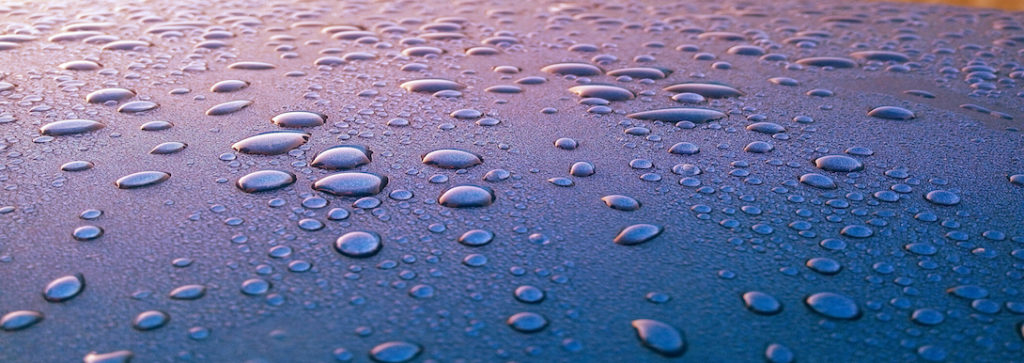
The Colorado-based non-profit River Network estimates that a frightening 13 percent of the nation’s electricity consumption is used for collecting, distributing and treating water. Across the US, organizations struggle with how to save water. In California, for instance, water-related activities constitute the largest energy use in the state, consuming 20 percent of the state’s electricity. A full 5 percent of all US carbon emissions are embedded in the nation’s water, the equivalent to the emissions of over 62 coal-fired power plants.
For the future of our planet, we simply must shrink these numbers. Water efficiency strategies not only reduce energy use and greenhouse gas emissions; they save money and labor.
Strategies for Lower Impact Water Use
Low Impact Development
Capturing and reusing stormwater runoff to replenish groundwater supplies, known as Low Impact Development (LID), affects usage by reducing potable water consumption, energy use, and CO2 emissions needed to import water. Successful LID calls for measures to retain rainfall on site rather than polluting nearby waterways, including:
- Rain barrels and other means of runoff capture
- Beds of native plants placed in appropriate places
- Green roofs
- Porous surfaces for parking lots and roads
Quick Payback Water Saving Tactics
There are a slew of things an organization can do to reduce water and energy use in exchange for a quick payback, often in astoundingly short periods of time. Tactics include:
- Smart irrigation for landscape (see below)
- Low-flow plumbing fixtures such as faucet aerators, low-flow toilets and high-efficiency valves
- Pressure-reducing valves
- Pipe and storage tank insulation
Leak Monitoring
Water distribution piping is invariably installed throughout a commercial building. Leaks are inevitable; when they happen it frequently takes a long time before they’re discovered. In the intervening time, significant water loss and damage can occur. Leak monitoring and detection systems can ensure that alerts happen as soon as water thresholds are surpassed, before a leak turns catastrophic.
Smart Irrigation
One of the quickest and simplest ways to address water conservation is to install a smart irrigation system that automates watering. Most landscape is overwatered, leading to numerous issues, from unhealthy plants to hardscape damage (brick, hardwood and concrete), slope and foundation damage, unhealthy fertilizer runoff and more. The best irrigation solutions use sophisticated techniques to determine exactly how much water is needed given precipitation, wind, temperature and other factors. Watering schedules adjust automatically based on these factors.
Cooling Tower Water Recovery
Cooling towers continually lose water through evaporation, draft and blowdown, consuming a large portion of a building’s total water usage in the process. By reducing blowdown to the minimum possible for good operation, significant amounts of water can be saved. Some cooling towers can use stormwater or greywater if the concentration ratio is maintained. Similarly, blown down water may be reused elsewhere on site. Water loss can also be reduced by:
- Chemically treating the condensed water
- Installing conductivity meters on blowdown lines
- Installing baffles or drift eliminators
EPA’s WaterSense Program
The EPA created the WaterSense Program to help consumers and businesses identify water efficient products without sacrificing performance. Products in the program must be a minimum of 20 percent more efficient than current standards. Using less water concomitantly reduces energy consumption. WaterSense products are far-reaching, and include toilets, showerheads, faucets, irrigation equipment, clothes washers and dishwashers.
Putting Strategies to Work
HydroPoint Data Systems has been offering pioneering smart water management solutions since 2002. Our solutions include WaterSense-approved smart irrigation and leak and flow monitoring for water running both indoors and out. For more information, visit our website at www.hydropoint.com, or call us at 800-362-8774.

